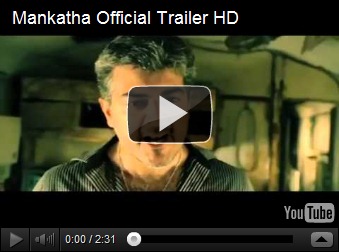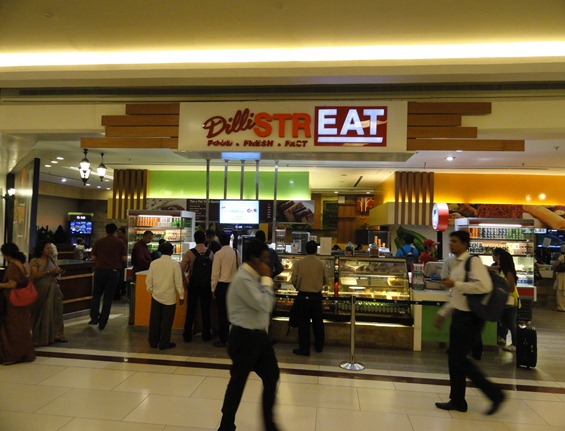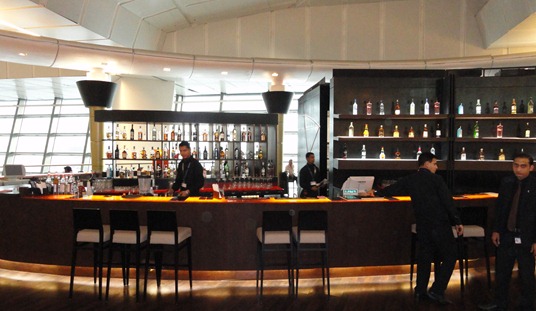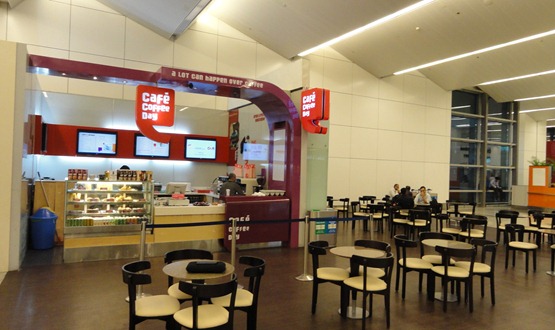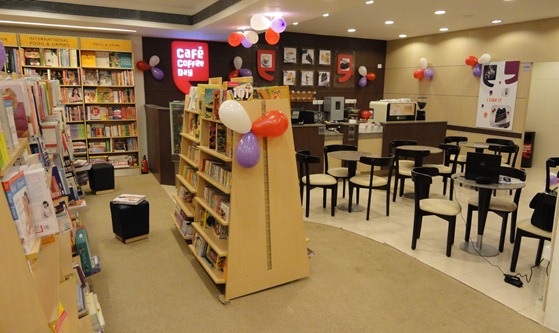Early this week, I received a mailer on my inbox – that screamed a 51% Discount – just that I was confused if it was at their physical stores or on their website. While Shoppers Stop’s online avatar has been around for over three years now, all of a sudden there seems to be a high decibel discounts’ driven campaign. Not just this retailer which is India’s largest with over 40 stores across 20 cities and attracts over 5 million customers every year, but a quick look at most of the online e-tailers confirms that they have all been offering rather steep discounts of 30-70% on their offering. Rather, the assumption is that higher discounts would attract more shoppers. In my opinion, this is a rather disastrous move. And here are my observations;
Pricing and Discounts
Most of the online retailers (or mere web companies) do not have the background of traditional retailers. If predatory pricing was the best way to attract shoppers, then the whole world would only have Discount Retailers selling everything on discounts all through the year! But this is not the case. Discounts are a way of getting rid of older stocks and also a way to attract new shoppers into the stores (or websites). While this “P” can be played with once in a while, it is dangerous to keep it as a hook all the time. There should be a stronger reason for shoppers to shop online, than just discounts and price-offs.
Image Courtesy: shopperstop.com
Merchandise offering
It’s myth that online retailers and their ilk propose a wider range of products (Read: Depth of categories and the number of SKUs) than physical stores – this is more a proposition than reality. By showcasing a wider range, the e-tailers are committing to the fact that they have a wider range, which more often than not is not the reality. I was looking for a famous auto-bio of a Retail business leader a few days ago for gifting my classmate. Since there wasn’t a “Crossword” or a “Odyssey” book store close to where I stay, I preferred to shop online. Tough luck. One e-tailer didn’t have the stock; another had it but would take 7-10 days to deliver; and yet another showed a “http syntax error!”. I gave up on my search and proceeded to the closest store to buy it. A famous fashion e-tailer who sends exciting emailers everyday had a bigger surprise in store. Most of the products they had advertised was out of stock! Insult to injury is that no one (internally) had even bothered to remove the images or those products temporarily (if stocks were awaited) or permanently if the stock wouldn’t return. On the section which boasts “Luxury Lounge”, there is a sleek note which says that the sales would return and the user would be informed. Bizarre!
Image Courtesy: fashionandyou.com
In my humble opinion, Online shopping is, and should be an experience. Let’s not forget that India has over 12 million retailers – across various formats and sizes, though mostly unorganized while the Organized Retailers contribute for less than 10% of the estimated business size of INR 200,000 Crores. Online Retail is a single-digit contribution to this, but is expected to reach a significant number over the next five years. If a potential consumer has to shop online, here are a few points why they would;
Convenience
First and foremost, its the convenience of shopping online from a preferred device – it could be a desktop, laptop, tablet, mobile phone, etc. The entire process should be quick and efficient. Although most e-tailers insist on the customer to create a user log-in, the transaction time and check-out should be faster, ideally lesser than the 2-3 minutes it takes at a physical store. Also, the web-pages should have limited graphics and high-end visuals – while the idea could be to present the site in a glamorous way, let’s not forget the dismal internet speed (could be worse if its on GPRS or even 3G) unless the user is using high bandwidth Broadband services. Therefore, simple JPEGs could be a better idea.
Ambience
The good-old grid layout is so boring! Almost all e-tailers are using this format because the most recent entrant used it. If physical stores could have various shapes and sizes, colours and backgrounds, then why not online? In fact online e-tailers could do even better since they have the opportunity to change as often as possible, usually at minimal or no cost. While the usual moments of truth that a customer experiences at the physical store cannot be provided online, what can be offered is the simplicity in approach. There are different ways of doing it, and it’s up to the company to decide depending on their user base.
Depth Vs. Width
A raging debate, even for offline Retailers, its quite tricky which is better. To have, say for example – 50 brands of shirts with fewer stock options or just 5 brands but will all options (including colour and size). Again, there is no correct way – just that the retailer need to position itself accordingly to attract relevant audience and footfalls (should we say fingerfalls!). Similar to various kinds of “offline shoppers”, online shoppers too would choose their preferred retailers accordingly.
Image Courtesy: shopping.indiatimes.com
Customer Service
This point is, in my opinion more important online than anything else. Reason: In physical retail, the customer sees a person, interacts with him or her and there is a “touch and feel” during the entire transaction. In this case, there is none. Even after the payments are done, there is no assurance that the product would be delivered safely and on time as was promised. Most importantly, in case of a query, there should be someone whom the Customer should be able to reach out to. This is of utmost importance. If the “web” doesn’t have day or night, if the “internet” world never sleeps, then how can a Call Centre (of the online Retailer) work selectively?
On-time Delivery
This is one major area that most e-tailers are focussing on, apparently. And quite obviously. Unlike a physical retail store where the customer not just gets to see the product while buying, but also gets to carry it themselves, in this case, there is a wait time – from 1 working day leading up to a week or maybe more. And when the product arrives at the doorstep, it’s all about packaging and safe-delivery. It would be better to have a reasonable shipping time, rather than delay the delivery time. But having said that, it is important to stick to timelines and be reasonable about it. To take a week to ship a Book is not done! However, it’s better to “Under Promise, Over Deliver”.
Payment & Security
I was reading recently that most shoppers are more comfortable to shop when there is a trusted gateway. Indeed. Frauds can happen more often offline than on the Net – we have recently come across cases where ATM Debit cards have been masked in Mumbai, waiters photo copying Credit cards and CVV number to use them later on, etc. So, the risk element exists and this is a reality. Online Retailers should have comforting information about online security policies and may even want to have an Insurance Company to be roped in – after all, what a better product to sell online!
At the end of it, “Price” is not just the one factor that the shopper is looking forward to, while shopping online. It’s a wholesome experience. From a transactional activity to an experiential activity, it’s going to take some effort and time for e-tailers to entice shoppers to be active online. But I am sure, this would happen sooner than later. Watch this space.
 Photo courtesy: krishmall.blogspot.com
Photo courtesy: krishmall.blogspot.com